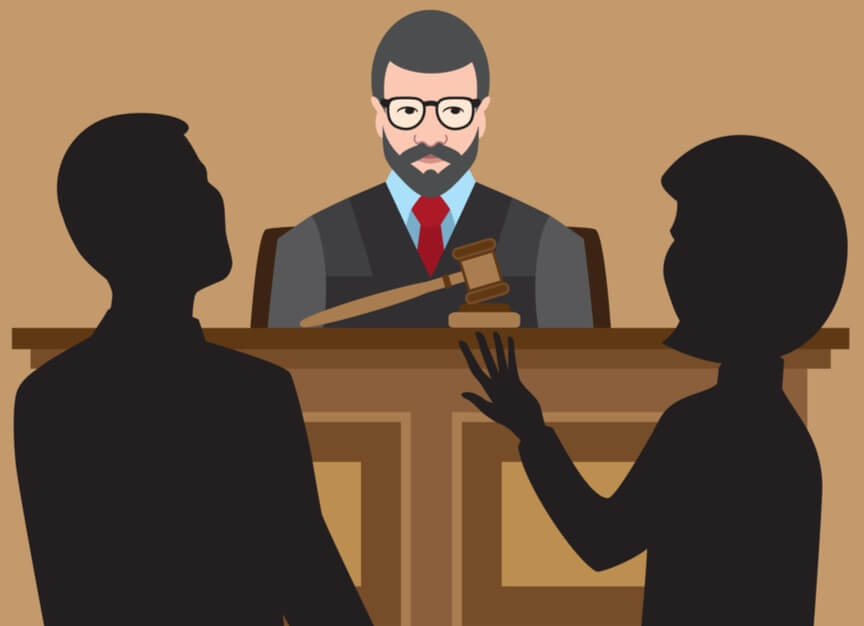Chargeback volumes reached record-high levels, with merchants shouldering most of the costs associated with liability losses and processing fees. While some merchants have opted to accept chargebacks as a cost of business, savvy merchants have turned to chargeback representment to mitigate the impact of chargebacks on their bottom line while preventing future occurrences.
Download Our FREE Chargeback Representment Template
With the average chargeback cost for merchants expected to rise above $120 per chargeback by 2023, merchants need to understand the basics of chargeback representment and what strategies are available to them. We'll discuss how chargeback representment works and what merchants can do to increase their chances of success with the representment of payment below.
What is chargeback representment?
Chargeback representment is the process by which a merchant disputes a chargeback with the issuing bank. It's estimated that over 80 percent of all chargebacks are illegitimate, costing merchants billions of dollars in lost revenue each year. Representment of payment can be an effective way for merchants to dispute these charges and recover lost revenue while protecting their reputation and preventing future chargebacks.
To represent a chargeback, the merchant must first gather compelling evidence to support their case and then submit a representment request to the issuing bank. The issuer will then review the evidence and decide on whether to reverse the chargeback. If the chargeback is reversed, the transaction total will be refunded to the merchant, but, in most cases, the chargeback fee will remain. However, if the representment claim is rejected, the merchant will be responsible for paying the chargeback and all fees associated with it.
Download Our FREE Chargeback Representment Template
What evidence should be included?
The type of evidence that should be submitted for representment depends on the reason code for the chargeback and the type of goods or services that the merchant offers. The most common chargeback reason codes are fraudulent charges, unauthorized transactions, and products not received, however, there are dozens of different chargeback reason codes for cardholders to choose from. Each chargeback reason code has its own set of specific documentation requirements so merchants should familiarize themselves with these requirements before submitting a representment request. Generally, evidence that can be submitted includes:
- Copies of purchase orders
- Receipts
- Product images or videos
- Shipping information
- Customer service logs
- Sale Terms & Conditions
Merchants selling physical goods should always include a copy of the signed delivery receipt to show that the product was delivered to the customer, whenever possible. For service merchants, copies of signed contracts or invoices to prove that the services were provided as agreed should be included with each representment claim.
Merchants selling digital goods or services should provide screenshots of the product or service as well as evidence of customer authorization in the form of an email confirmation or signed authorization.
What are the chances of success?
Nearly half of all representments submitted are ruled in favor of the merchant. However, the odds of success for chargeback representment vary significantly and are largely dependent on the reason code for the chargeback, the type of goods or services being offered, the evidence submitted, and the issuing bank's policies.
Generally, there is a higher chance of success in chargeback representment when the chargeback is for a physical product or real world service that was delivered and signed for and such compelling evidence is submitted by the merchant. Overall, chargeback representment can be a tedious and time-consuming process for merchants. The good news is that Justt's hassle-free, chargeback mitigation solution can help merchants streamline the representment process and increase their chances of success.
How Justt can help
Justt's advanced chargeback mitigation solution harnesses the power of AI and human expertise to help merchants dispute chargebacks and recover lost revenue. By integrating with merchants' payment providers, the necessary documentation for representment is automatically generated and speedily sent to issuers. Justt's team of experienced chargeback experts understand the nuances of chargeback representment and can help merchants put together a chargeback solution that has higher chances of success in representment. Merchants can focus on running their businesses while Justt's powerful AI gathers evidence and builds cases. Contact us to learn more about how our chargeback mitigation solution can prevent friendly fraud and help recover lost revenue.
Download Our FREE Chargeback Representment Template
Chargeback Representment FAQs
What does representment mean in chargebacks?
It’s the process by which merchants present evidence to issuing banks to fight chargebacks. If the evidence is compelling enough, the chargeback is reversed.
What is PayPal representment?
It’s where a merchant provides PayPal with evidence to validate the original transaction and prove the claim is wrong.
What is the next stage to representment in Mastercard?
If the issuing bank doesn’t reverse the chargeback or the cardholder provides new evidence, the case can go into pre-arbitration. In this stage, the issuer can opt to reverse the chargeback or request arbitration from Mastercard.
How long does a chargeback process take?
Depending on the card network, issuing bank, and reason code, representment can last 30 – 90 days.
How much is a chargeback fee?
Chargeback fees vary between $15 and $100 depending on the agreement with the acquiring bank. Merchants with higher chargebacks pay higher chargeback fees.
What is a chargeback rebuttal letter?
It’s a cover letter for chargeback representment that summarizes your chargeback case and contains supporting evidence. It’s the first document the issuing bank’s representative on your case reads.
What is compelling evidence?
These are documents a merchant submits during chargeback representment to show the disputed transaction is valid.








